The art of accessorizing is an essential skill that can elevate any outfit, transforming a simple look into something stylish and sophisticated. Accessories are not just add-ons; they serve as defining elements that reflect your personality and complete your overall appearance. However, matching accessories with your outfit requires balance, coordination, and creativity. Here’s a guide to help you master the art of harmonizing your accessories with your attire.
Understand the Role of Accessories
Accessories should complement your outfit, not overpower it. They act as accents, adding depth and texture to your look. For example, a statement necklace can draw attention to a simple dress, while a patterned scarf can add a pop of color to a monochromatic ensemble. Before selecting accessories, identify the role you want them to play in your outfit—whether to make a bold statement, highlight a specific feature, or tie the look together seamlessly.
Choose a Focal Point
Having a focal point is crucial for a balanced outfit. Decide whether your clothes or accessories will take center stage. For instance, if your outfit features bold prints or vibrant colors, opt for understated accessories that don’t compete for attention. Conversely, if your attire is simple or neutral, you can experiment with bold or colorful accessories to create a striking effect. Choosing a focal point prevents over-accessorizing and maintains a cohesive look.
Coordinate Colors Thoughtfully

A general rule when dealing with colors is to stick to a cohesive color palette while adding one or two complementary or contrasting shades for visual interest. For instance, a black outfit can be paired with gold or silver accessories for a classic look, while a navy ensemble might pair well with coral or mustard accents. Neutral beige, white, and gray tones allow more freedom with colorful or textured accessories.
Balance Textures and Patterns
Matching textures and patterns is another way to ensure harmony between your outfit and accessories. If your clothing features intricate patterns or embellishments, keep your accessories simple to avoid cluttering. On the other hand, plain outfits can be elevated with textured or patterned accessories, such as a woven bag, beaded jewelry, or snakeskin shoes. Achieving the right balance prevents your overall look from feeling too busy or monotonous.
Pay Attention to Proportions
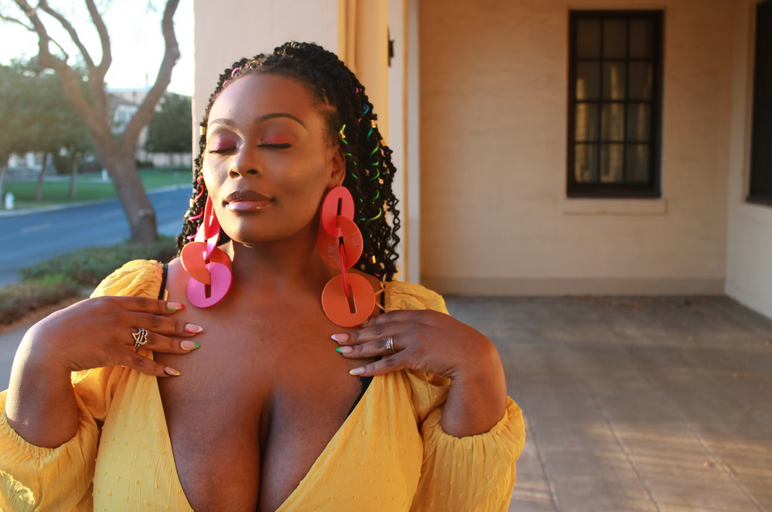
The proportions of your accessories should align with your outfit and overall body frame. For example, if you’re wearing a high-neck dress, choose earrings or a bracelet instead of a necklace to avoid overcrowding the neckline. Similarly, oversized handbags may overpower petite outfits, while dainty jewelry can get lost in bold or oversized clothing. Considering scale ensures that your accessories enhance rather than detract from your look.
Be Mindful of the Occasion
The appropriateness of your accessories often depends on the occasion. Elegant pieces like pearls, sleek clutches, and classic heels are ideal for formal events. You can be more playful with colorful scarves, chunky jewelry, or crossbody bags for casual outings. Matching your accessories to the event context ensures that your style feels intentional and suitable.
Matching your outfit with your accessories is about achieving balance and harmony while expressing your style. By coordinating colors, textures, and proportions and considering the occasion, you can create polished and cohesive looks. Accessories are more than just add-ons; they are an extension of your personality and a tool to elevate your outfit effortlessly. With these tips, you’ll be well-equipped to make every outfit stand out.

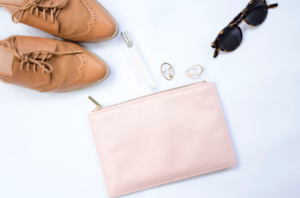

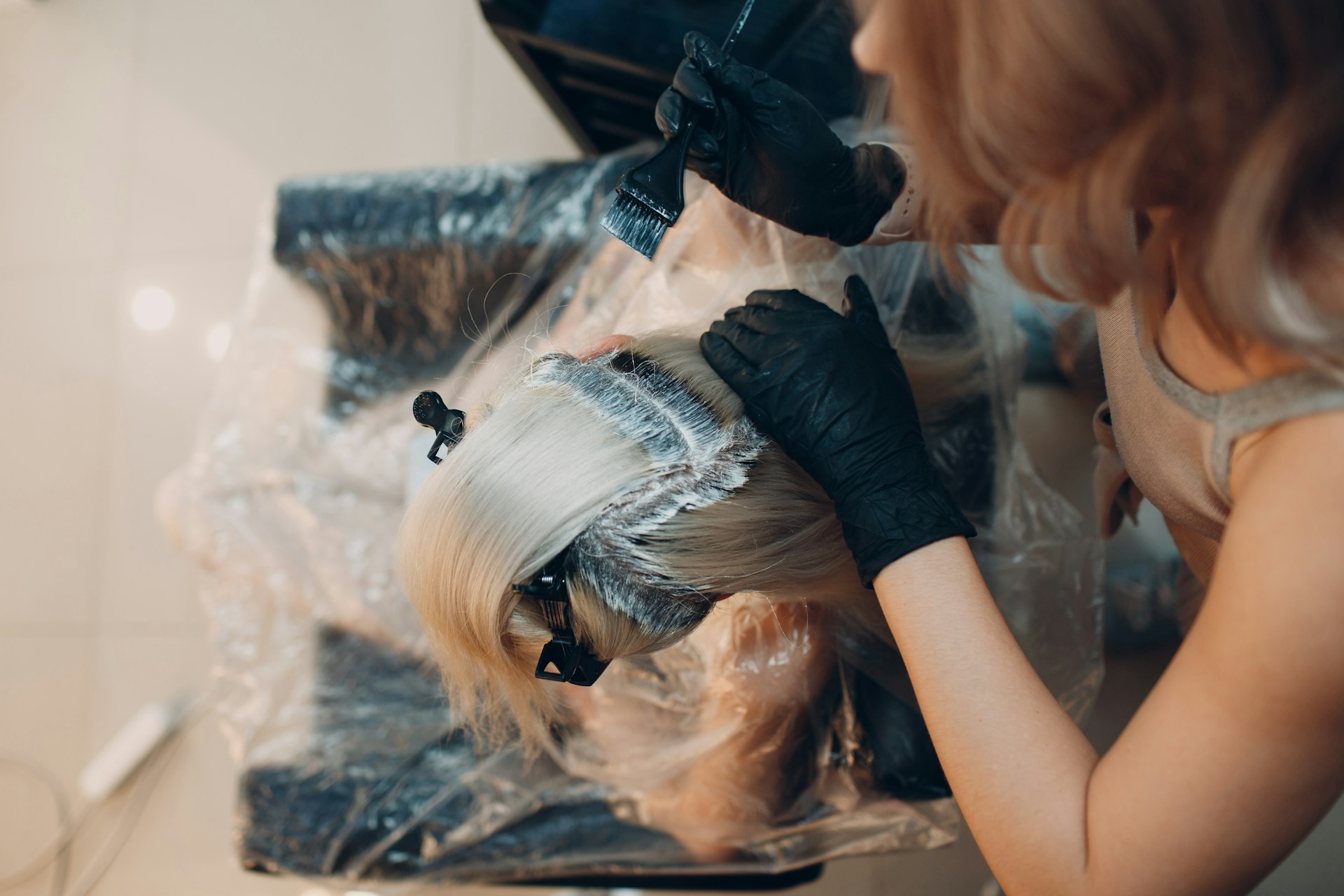
 Have you ever considered changing up your hair color to amp up your overall look? Adding a pop of color can completely transform your style and boost your confidence. Whether you’re thinking about going bold with a vibrant hue or opting for subtle highlights, the possibilities are endless. Experimenting with different shades can be a fun way to express your personality and add some excitement to your everyday appearance. From classic blonde and brunette tones to trendy pastels and daring neons, there’s a shade out there for everyone.
Have you ever considered changing up your hair color to amp up your overall look? Adding a pop of color can completely transform your style and boost your confidence. Whether you’re thinking about going bold with a vibrant hue or opting for subtle highlights, the possibilities are endless. Experimenting with different shades can be a fun way to express your personality and add some excitement to your everyday appearance. From classic blonde and brunette tones to trendy pastels and daring neons, there’s a shade out there for everyone.  When it comes to amping up your hair game, don’t overlook the power of hair treatments. Regular treatments can help nourish and strengthen your locks, leaving them looking shiny and healthy. Whether you’re dealing with dryness, frizz, or damage from styling tools, there’s a treatment out there for you. Deep conditioning masks can work wonders for restoring moisture and softness to your hair. Consider trying a keratin treatment if you struggle with frizz or unruly curls – it can make styling so much easier. For those dealing with breakage or split ends, protein treatments can help repair and strengthen damaged strands.
When it comes to amping up your hair game, don’t overlook the power of hair treatments. Regular treatments can help nourish and strengthen your locks, leaving them looking shiny and healthy. Whether you’re dealing with dryness, frizz, or damage from styling tools, there’s a treatment out there for you. Deep conditioning masks can work wonders for restoring moisture and softness to your hair. Consider trying a keratin treatment if you struggle with frizz or unruly curls – it can make styling so much easier. For those dealing with breakage or split ends, protein treatments can help repair and strengthen damaged strands.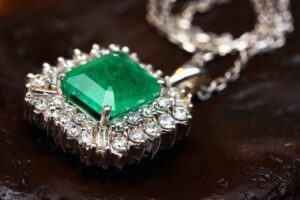
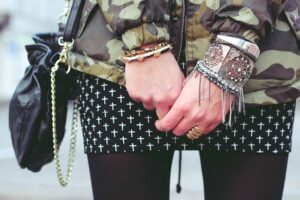 The first option for casual jewelry is stacking rings. This trend has been popular over the past few years, and it’s easy to see why. Stacking rings allow you to create a unique, layered look with just a few pieces of jewelry. It can be as simple or as elaborate as you want. Just choose your favourite metals, shapes, and sizes, and start stacking. However, you need to remember that when it comes to casual outfits, less is more. So make sure to keep your ring stack on the smaller side.
The first option for casual jewelry is stacking rings. This trend has been popular over the past few years, and it’s easy to see why. Stacking rings allow you to create a unique, layered look with just a few pieces of jewelry. It can be as simple or as elaborate as you want. Just choose your favourite metals, shapes, and sizes, and start stacking. However, you need to remember that when it comes to casual outfits, less is more. So make sure to keep your ring stack on the smaller side.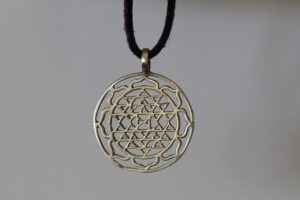 The last type of jewelry that works well with casual outfits is charm necklaces. Charm necklaces are fun and versatile pieces that can be customized to match your personal style. They are simple enough to pair with your favorite t-shirt and jeans, but can also be dressed up for a more glamorous look. Whether you choose a single charm or an entire collection, charm necklaces can give your casual style an extra touch of personality. If you’re looking for more subtle charm necklaces, Etsy is a great place to start. If you are on a budget, you can find a selection of affordable charms and chains that will look amazing with your everyday outfits.
The last type of jewelry that works well with casual outfits is charm necklaces. Charm necklaces are fun and versatile pieces that can be customized to match your personal style. They are simple enough to pair with your favorite t-shirt and jeans, but can also be dressed up for a more glamorous look. Whether you choose a single charm or an entire collection, charm necklaces can give your casual style an extra touch of personality. If you’re looking for more subtle charm necklaces, Etsy is a great place to start. If you are on a budget, you can find a selection of affordable charms and chains that will look amazing with your everyday outfits.
 Traditional metal braces may be the right choice for you if you’re looking for an effective and affordable way to straighten your teeth. This method has been around for years and is one of the most reliable ways of achieving perfectly aligned teeth. During traditional metal braces treatment, brackets are attached to your teeth and connected with an archwire. This archwire is then adjusted periodically to move your teeth into the desired position gradually. Although metal braces may take longer than other methods, they are usually cheaper and can be used to treat a wide range of conditions.
Traditional metal braces may be the right choice for you if you’re looking for an effective and affordable way to straighten your teeth. This method has been around for years and is one of the most reliable ways of achieving perfectly aligned teeth. During traditional metal braces treatment, brackets are attached to your teeth and connected with an archwire. This archwire is then adjusted periodically to move your teeth into the desired position gradually. Although metal braces may take longer than other methods, they are usually cheaper and can be used to treat a wide range of conditions. Invisalign is a relatively new teeth straightening method that utilizes removable clear aligners to move your teeth into place gradually. The aligners are made from an explicit and flexible plastic material that fits snugly over your teeth, allowing them to be virtually invisible when you smile or talk. Like other teeth straightening methods, Invisalign treatment requires periodic adjustments as your teeth move into the desired position. No matter which method you choose, straightening your teeth can help you achieve a beautiful and confident smile.
Invisalign is a relatively new teeth straightening method that utilizes removable clear aligners to move your teeth into place gradually. The aligners are made from an explicit and flexible plastic material that fits snugly over your teeth, allowing them to be virtually invisible when you smile or talk. Like other teeth straightening methods, Invisalign treatment requires periodic adjustments as your teeth move into the desired position. No matter which method you choose, straightening your teeth can help you achieve a beautiful and confident smile.
 When you’re thrifting, it’s essential to check the quality of the clothing items before you buy them. This is especially important if you’re looking for designer clothes. To do this, simply hold the item up to see if it’s well-made. Check for loose threads, rips, and stains. If you’re happy with the quality, go ahead and add it to your basket. Note that clothing items in thrift stores should always be in perfect condition. Instead, try to tolerate any little rip or stain that you can simply get rid of.
When you’re thrifting, it’s essential to check the quality of the clothing items before you buy them. This is especially important if you’re looking for designer clothes. To do this, simply hold the item up to see if it’s well-made. Check for loose threads, rips, and stains. If you’re happy with the quality, go ahead and add it to your basket. Note that clothing items in thrift stores should always be in perfect condition. Instead, try to tolerate any little rip or stain that you can simply get rid of. On top of that, always try on clothes before you buy them. It is to ensure that the clothes fit you well. Keep in mind that thrift store clothing items may not be the same size as those you usually wear. So, don’t be afraid to try on something a bit bigger or smaller than your usual size. A fashion treasure is waiting for you to discover in your local thrift store. The next time you’re looking for a fashion bargain, keep these tips in mind, and you’re sure to find some great deals. And who knows, you may just find your new favorite piece of clothing. So happy thrifting.
On top of that, always try on clothes before you buy them. It is to ensure that the clothes fit you well. Keep in mind that thrift store clothing items may not be the same size as those you usually wear. So, don’t be afraid to try on something a bit bigger or smaller than your usual size. A fashion treasure is waiting for you to discover in your local thrift store. The next time you’re looking for a fashion bargain, keep these tips in mind, and you’re sure to find some great deals. And who knows, you may just find your new favorite piece of clothing. So happy thrifting.

 In addition to improving your appearance, hair transplants can also boost your self-esteem. If you are self-conscious about your hair loss, a hair transplant can help you feel better about yourself. You will no longer have to worry about people staring at your bald spot or thinning hair. This is one of the most effective ways to improve your self-confidence and feel better about yourself. People who have undergone hair transplants often say that it was one of the best decisions they have ever made.
In addition to improving your appearance, hair transplants can also boost your self-esteem. If you are self-conscious about your hair loss, a hair transplant can help you feel better about yourself. You will no longer have to worry about people staring at your bald spot or thinning hair. This is one of the most effective ways to improve your self-confidence and feel better about yourself. People who have undergone hair transplants often say that it was one of the best decisions they have ever made. The last advantage of hair transplants is that they can restore your natural hairline. A hair transplant can help you get your hairline back to its original position if you have a receding hairline. This can help you look more youthful and attractive. Natural hairline restoration is one of the most popular reasons people get hair transplants. Many bald people dream of having their hairline back, and a hair transplant can make this dream a reality. There is no better way to restore your hairline than with a hair transplant.
The last advantage of hair transplants is that they can restore your natural hairline. A hair transplant can help you get your hairline back to its original position if you have a receding hairline. This can help you look more youthful and attractive. Natural hairline restoration is one of the most popular reasons people get hair transplants. Many bald people dream of having their hairline back, and a hair transplant can make this dream a reality. There is no better way to restore your hairline than with a hair transplant.